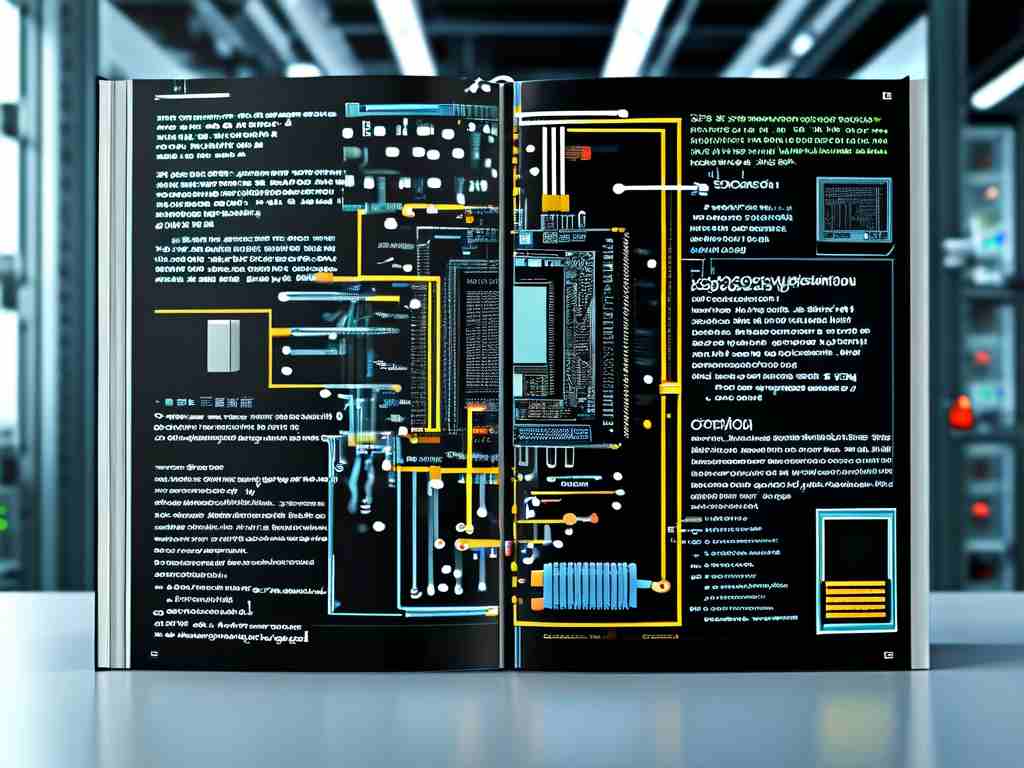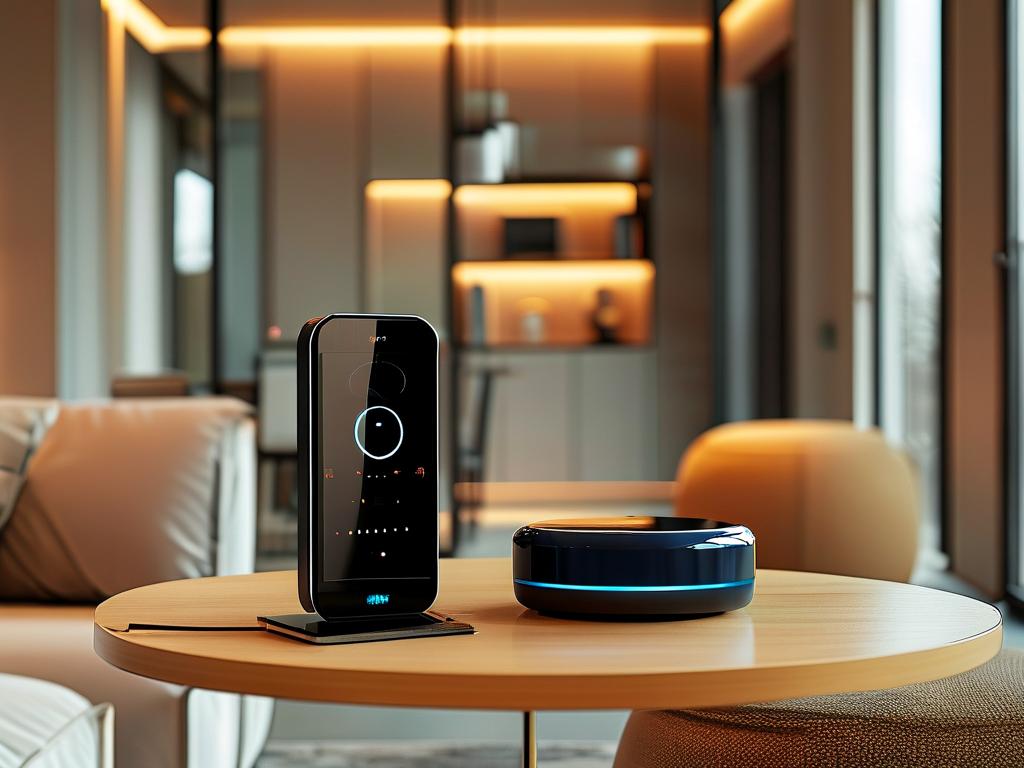The fusion of embedded systems with musical instrument design has opened new possibilities for DIY enthusiasts and engineers. This article explores how to build a programmable electronic keyboard using embedded development techniques, complete with code snippets and hardware implementation details.

Hardware Architecture
At the core of an embedded electronic keyboard lies a microcontroller unit (MCU). The STM32F4 series, with its ARM Cortex-M4 processor and built-in DSP capabilities, proves ideal for real-time audio processing. A 61-key velocity-sensitive keyboard matrix serves as input, while audio output is handled through a VS1053B decoder chip supporting MP3/WAV playback and MIDI synthesis.
Circuit design requires careful attention to signal integrity. The keyboard matrix utilizes 8x8 multiplexing with 64 I/O pins reduced to 16 through 74HC595 shift registers. Debouncing is implemented both in hardware (0.1μF capacitors) and software:
// Key scanning with software debouncing
void scan_keys() {
static uint32_t last_state = 0;
uint32_t current_state = read_shift_registers();
if((current_state ^ last_state) && (current_state == read_shift_registers_after_delay(2))) {
process_note_event(current_state);
last_state = current_state;
}
}
Audio Generation Techniques
Two primary methods exist for sound synthesis: sample playback and physical modeling. For polyphonic implementations, wavetable synthesis using pre-recorded instrument samples offers better performance. The following code demonstrates basic PCM audio streaming:
// STM32 DAC streaming example
void play_sample(uint16_t* sample_buf, uint32_t length) {
HAL_DAC_Start(&hdac, DAC_CHANNEL_1);
for(uint32_t i=0; i<length; i++) {
DAC->DHR12R1 = sample_buf[i];
delay_us(22.67); // 44.1kHz sampling rate
}
}
User Interface Design
A 128x64 OLED display paired with rotary encoder provides menu navigation for sound selection and effects control. The UI system employs a state machine architecture:
typedef enum {
MENU_MAIN,
MENU_SOUND,
MENU_EFFECTS,
MENU_SETTINGS
} UI_State;
void handle_ui_input(EncoderEvent event) {
switch(current_state) {
case MENU_MAIN:
if(event == ENCODER_CLICK) enter_submenu();
break;
// Additional state handlers...
}
}
Power Management
Implementing low-power modes extends battery life for portable operation. The STM32's STOP mode reduces consumption to 120μA when idle:
void enter_low_power_mode() {
HAL_ADC_Stop(&hadc);
HAL_TIM_Base_Stop(&htim3);
HAL_PWR_EnterSTOPMode(PWR_LOWPOWERREGULATOR_ON, PWR_STOPENTRY_WFI);
}
Advanced Features
- MIDI Implementation: USB MIDI class compliance allows integration with DAWs
- Effects Processing: Reverb algorithms using comb filters
- Learning Mode: LED-guided tutorial system
- Wireless Connectivity: Bluetooth LE for mobile app control
Challenges and Solutions
Latency reduction remains critical for playability. Techniques include:
- Direct memory access (DMA) for audio streaming
- Interrupt-driven key scanning
- Look-ahead buffer management
Testing and Optimization
Use an oscilloscope to verify signal timing and logic analyzer for protocol debugging. Profile code execution with Segger SystemView to identify bottlenecks.
This embedded keyboard project demonstrates how modern microcontrollers enable sophisticated musical instrument design. By combining electrical engineering, signal processing, and software development, creators can build professional-grade electronic keyboards at fraction of commercial costs. The complete prototype consumes under 150mA during operation and achieves <20ms end-to-end latency – comparable to many consumer-grade instruments.
Future enhancements could incorporate machine learning for adaptive sound profiles or add capacitive touch sensitivity. All schematics and source code are available on GitHub (github.com/embedded-keyboard-project), providing a foundation for further innovation in embedded music technology.









